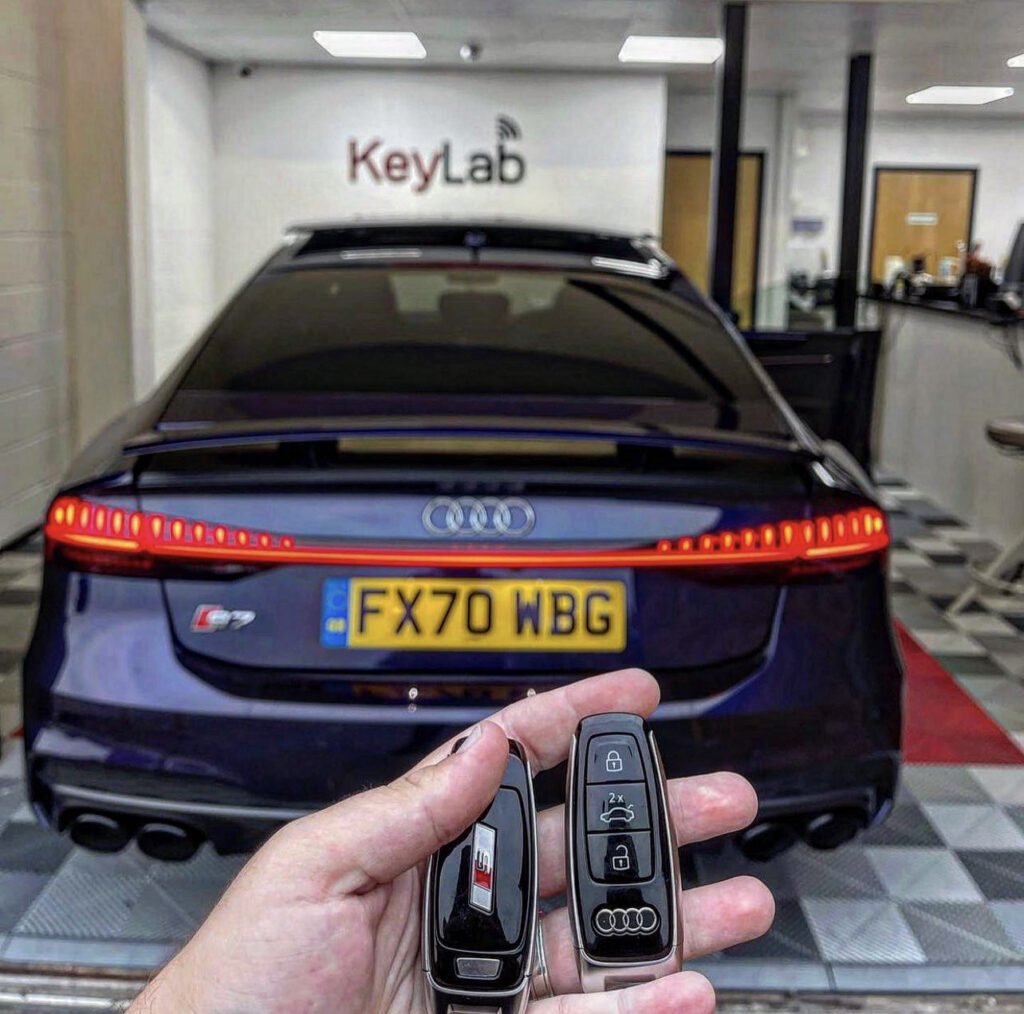What Is Car Diagnostics?
Car diagnostics is a procedure that can be used to identify the cause of a malfunctioning car. This includes analyzing all kinds of automobile equipment. However, it is more commonly used to refer to electronic-controlled vehicles. During the diagnostic process, the fuel supply of your car, air filters, and sensors are inspected to determine if something is not working. The engine management system of your car seeks out codes that correspond to different components.
Check engine light
The Check Engine light indicates that your car has an issue. The check engine light may flash or remain for a long period of time. It doesn't matter what the cause is, you must check your car by an experienced mechanic. You risk damaging your car’s emission control system, which includes your catalytic converter, if you ignore the problem.
To determine the reason of the check engine light, you need to understand how cars function. The Key Lab have computers which communicate with their drivers via icons. The engine-shaped orange icon in the instrument cluster is turned on when a problem has been detected by the onboard computer. The cause of the problem could range from simple overheating to serious.
A check engine light is an issue with your car's emission control system. This is a sign that there is an issue with the vehicle's emission control system. It can cause it to be unsafe to drive. If the issue is not addressed promptly, it could cause more damage to your vehicle and more expensive repairs. Although the check engine warning is not to be ignored, it is dangerous to drive.
If you are unsure of what's wrong you can purchase an OBD-II scanner to find out the problem. These scanners cost up to $100 and provide an idea of what's wrong with your vehicle. Based on the severity of the issue, they can help you decide what to do. Do not panic if your check engine light appears in your vehicle. Instead, remain calm and be attentive to your car's symptoms. Make sure that you stop as quickly as you can.
Oxygen sensor tests
There are two ways to test the oxygen sensors. To determine the voltage of the oxygen sensor, first use an OBD2 scanner tool. If the sensor functions properly, the voltage will fluctuate from lean to rich with a steady speed. The voltage should range from 0.1 to 0.9 Volts. If it fluctuates, there is likely a problem with the oxygen sensor.
If the readings remain constant, the oxygen sensor is functioning correctly. It should be within the range of 100mV-900mV. It should fall within the range of 100mV to 900mV. If it is lower than this, it is a sign of that there is a problem. If the readings are higher than the range it is likely that the sensor is malfunctioning. The next step is to disconnect the hose from the PVS valve. This will allow for an abundance of air to get into your engine.

A voltmeter is the ideal method of determining the voltage of the O2 sensor in your car. A high-quality voltmeter is required. This is because the current voltage from the car's O2 sensor must be between one millivolt and one volt.
If you are unsure of the voltage, test it using a multimeter. The multimeter can show the readings from both the downstream and upstream oxygen sensors. Before you test your multimeter, heat up your car. If it's warm, the voltage of the digital multimeter should change between 0.1 volt and one volt. If the readings do not fall within this range, the oxygen sensor could be malfunctioning.
Diagnostic costs
There are a variety of factors that impact the final price of car diagnostics. Most issues are fairly simple however, in some instances complicated situations, the issue can be quite expensive. For instance, you could find that you have to replace certain components of your engine. If this is the case, consider seeking an opinion from a different source. Keep in mind that some auto repair shops will overcharge you for diagnostic tests. Beware of being scammed by finding an honest auto repair shop with a great reputation.
In addition to the cost of the diagnostic test itself, keep in mind that you can buy a car diagnostic tool online for about $25. These diagnostic tools are similar to those employed by mechanics and auto parts stores. These tools can help you determine the issue before referring it to the mechanic.
A general diagnosis is priced between $88 and $111 on average. If the problem is more complex the repair shop could require additional time and money to finish the diagnosis. These costs are usually greater than the cost of repair. These charges are only the beginning of the cost.
While the cost of a diagnostic examination could be more expensive than other repairs it is important to keep in mind that you're making a lifetime investment in your vehicle. Diagnostic tests on cars can help you identify an issue before it becomes costly repairs.
Signs that your car's systems are in trouble
The electrical system controls the lights and is one of the most important parts of the automobile. The lights are essential to safety and illumination of the interior, especially at night. If your lights suddenly stop working or dim, it could be an issue with your electrical system. This could be a sign of a problem with the belt of the alternator or a dying battery.
